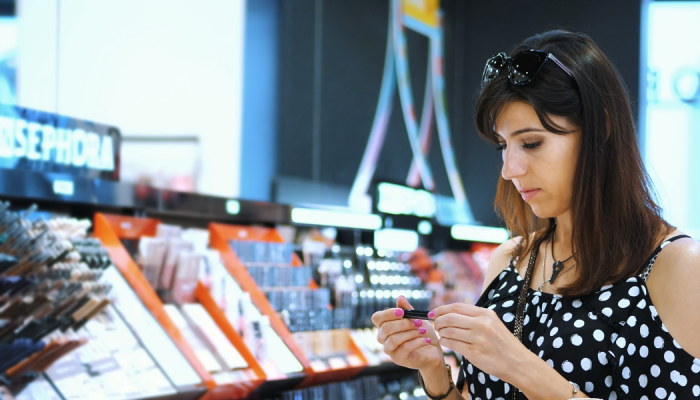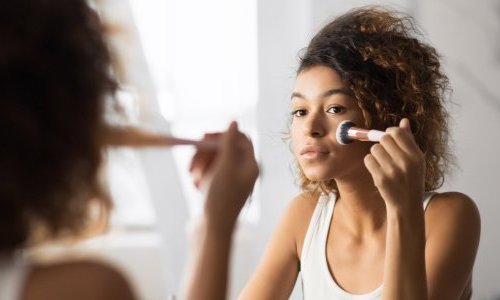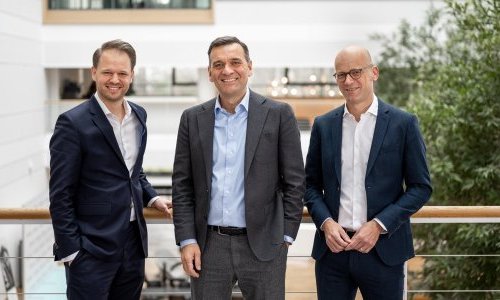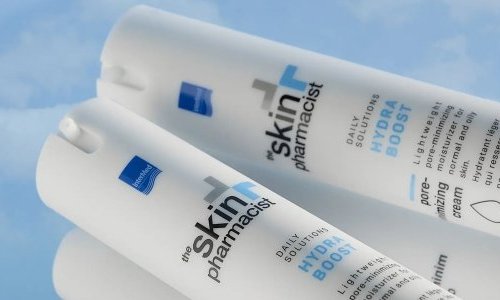As brands strive to reduce their environmental footprint, bulk sales and refill solutions are mushrooming in the beauty market. And all retail channels are involved, including in premium and luxury ones.
And the proposal seems to appeal to French consumers! Indeed, sales of refills and rechargeable products in the prestige channel increased by 50% between January and end of October 2022, compared to the same period in the previous year, found The NPD Group. This segment, estimated at 158 million euros during this 10-month period, thus achieved a performance dramatically higher than that of the whole prestige beauty market, which grew by 20% between January and the end of October 2022, compared to 2021.
"Consumers being more and more sensitive to sustainable development issues and aware of the influence they exert, we are logically seeing an increase in sales of rechargeable selective beauty products", explains Mathilde Lion, Beauty Expert Europe at The NPD Group.
Refillable perfumes, the revival of a traditional practice
It is in the perfume category that the refill option is the most developed, notes The NPD Group. In France, sales of refillable perfume bottles jumped 56% year-to-date to October 2022 compared to the previous year. "The expansion of the refillable offer contributes to this good momentum: three perfumes, out of the five most successful launches of the period, are sold in a refillable format," emphasizes the The NPD Group.
As far as refill is concern, France leads the way: refills and rechargeable products represent 8% of sales in the perfume category in France, compared to 6% in Europe, and 3% in North America.
Actually refilling one’s perfume is not a new practice for French consumers. Several brands that are iconic of the French fragrance heritage - such as Caron, Guerlain or Goutal - offer a refilling service in their own shops, as was done historically. In multi-brand retail shops, the possibility to refill one’s fragrance was inaugurated with the launch of Angel by Thierry Mugler in 1992.
“Today, several technical solutions are available to perfumery brands,” noted Gerald Martines, creator of the packaging development consulting agency In•Signes, during the Fragrance Innovation Summit. “Depending on the technological choice, and the level of service desired, refilling can be carried out in retail shops or at home, with or without dismantling the pump. Recently, Interparfums has introduced for Moncler a concept that allows to retain the exterior packaging while the glass bottle itself is replaced.”
Makeup and skincare follow suit
Refills and rechargeable options are also meeting huge success in the make-up category. According to The NPD Group, sales were up 122%, between January and the end of October 2022 compared to 2021 in the prestige channel. Although they represent only 2% of sales in the category, rechargeable makeup products open up new prospects for brands and distributors.
When it comes to skincare, the market is still in its infancy. Only 1% of high-end skincare sales concern rechargeable products and their refills. But the potential is huge, according to The NPD Group, which notes that during the first ten months of the year, sales of refills jumped 46%, while those of rechargeable products increased by 30%. In this category, refills are potentially an important driver of consumer loyalty.
Strengthening customer loyalty
Repurchase is indeed a key issue, since it is obvious that refillable cosmetics only have a positive environmental impact when they are actually refilled! From this point of view, “there is still road a long way to go”, emphasizes Mathilde Lion.
Actually, refills currently represent only 2% of perfume sales, and grew by 21% compared to last year, a significant slower rate than that of refillable bottles. “New fragrances that were launched with a refillable version must be given time to grow a loyal customer base and this will take several months. On the other hand, we are now identifying growth opportunities on the launch of refillable versions for the market’s main flagship fragrances which have been able to demonstrate their ability to build loyalty for years,” she concludes.
While the success of refills can logically be explained by consumers’ growing interest in products with a reduced environmental footprint, there are still many hurdles to overcome. According Gerald Martines, "loyalty is a real paradigm shift in a market that has built its growth model on the multiplication of launches and the encouragement of experimentation".
Other difficulties, such as the proliferation of references linked to refills, and therefore a problem of space in points of sale, add up to make the shift even harder.
Coming on the heels of the craze for solid and bulk cosmetics, the success of refills confirms consumer interest in products and practices that are more environmental-friendly!





























